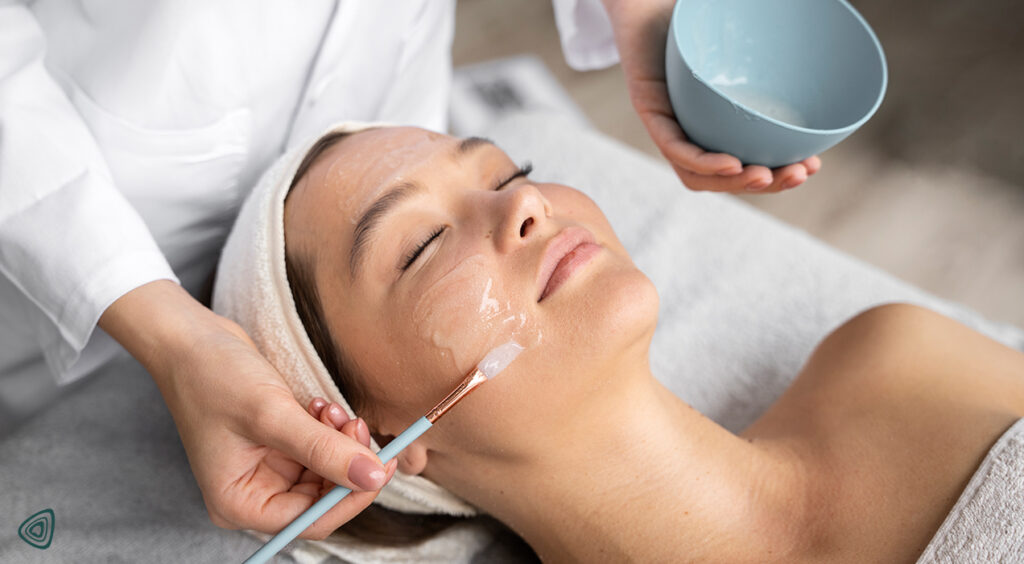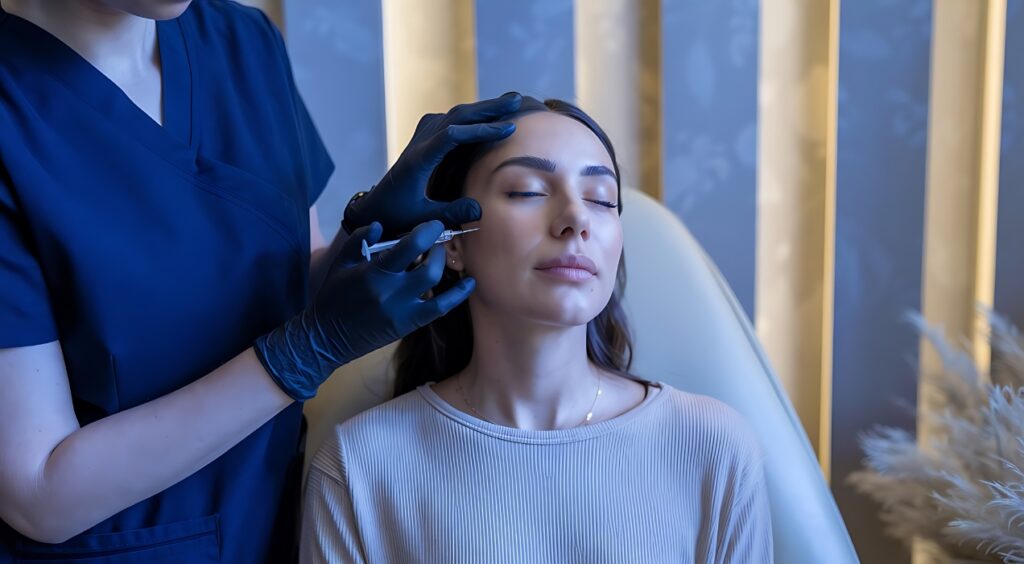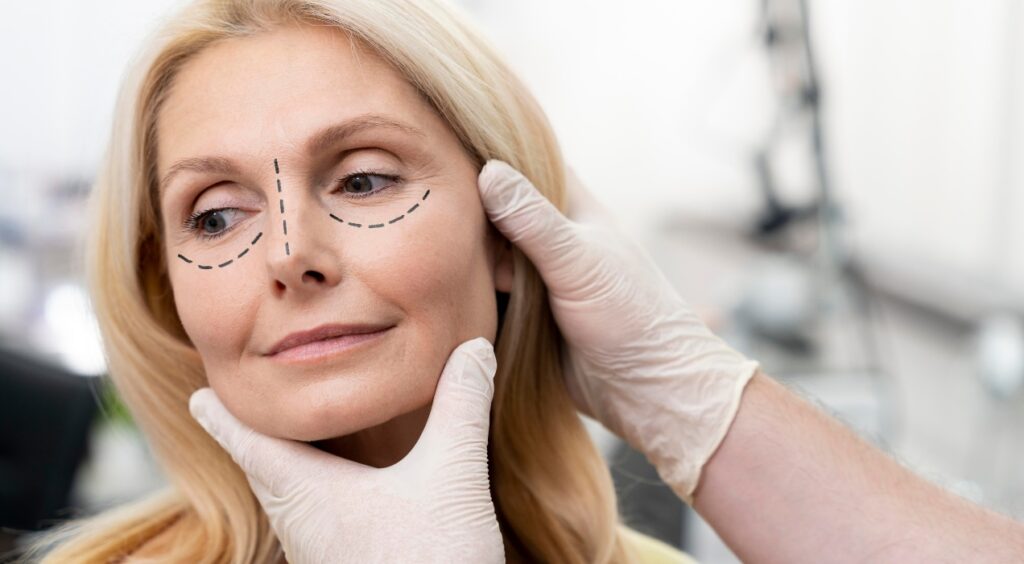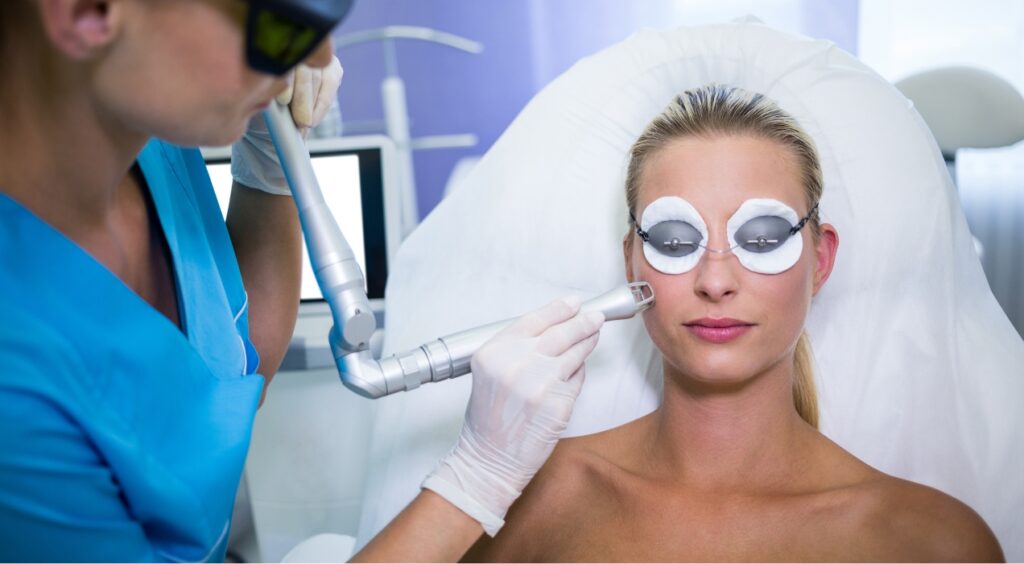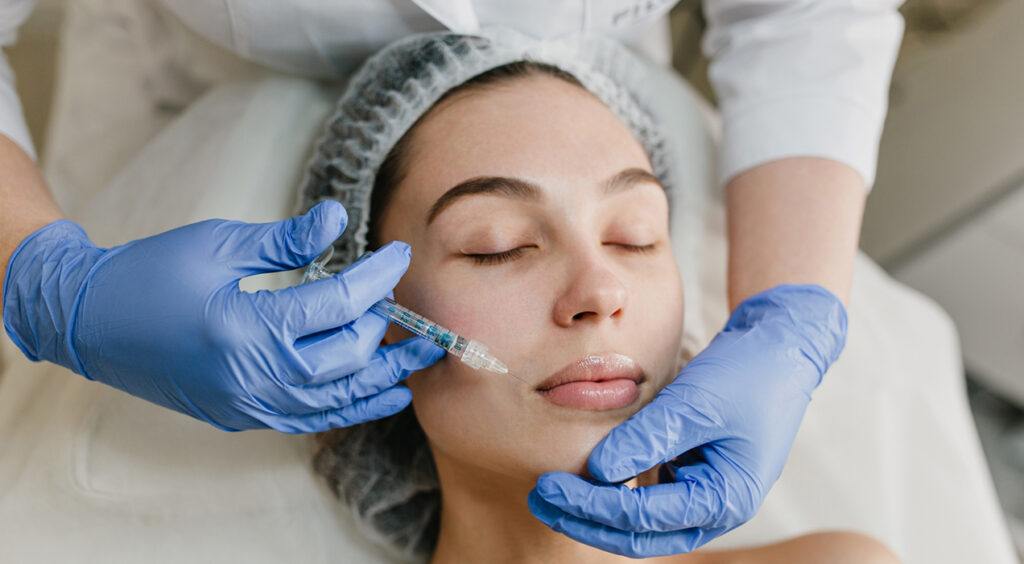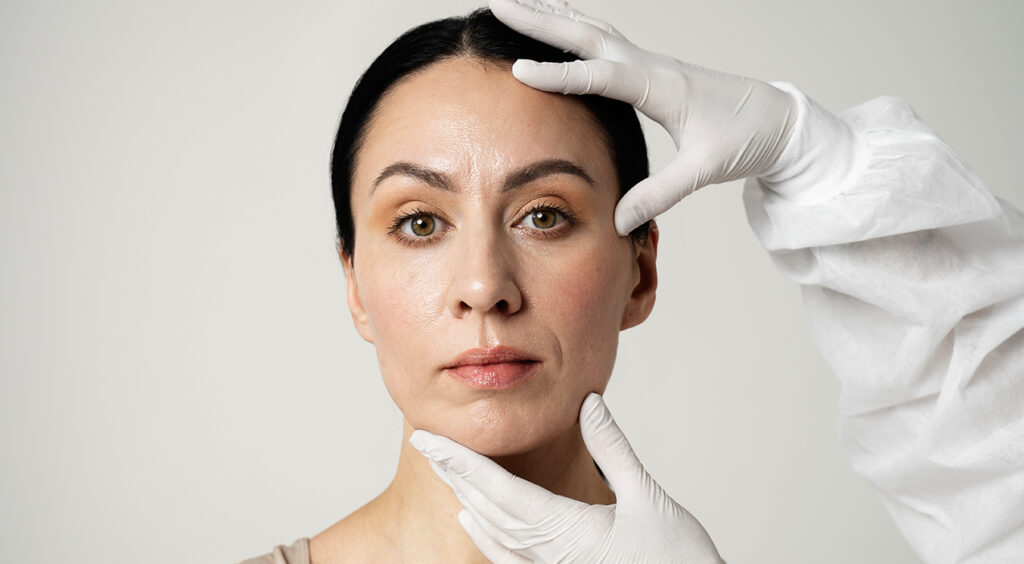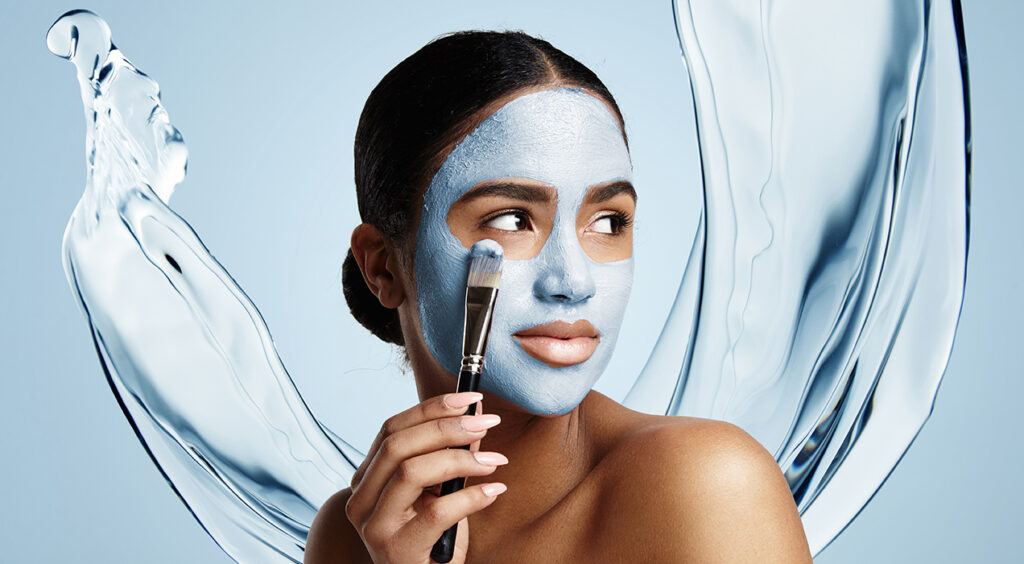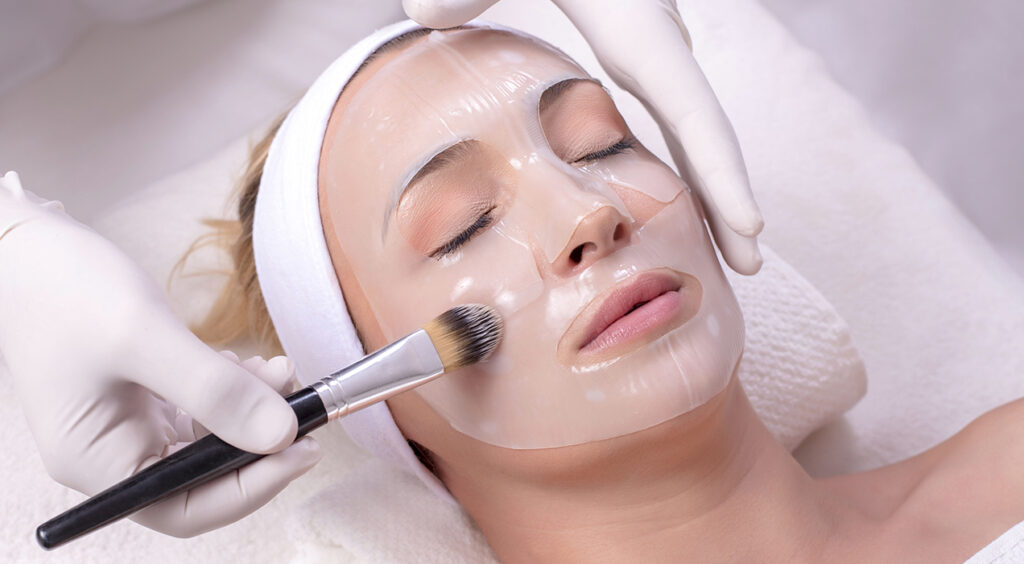Glycolic Chemical Peel: Your Complete Guide to Radiant, Youthful Skin
Glycolic chemical peels have become one of the most popular and effective treatments for achieving smoother, brighter, and more youthful-looking skin. As the gold standard in superficial chemical peels, glycolic acid offers remarkable benefits for addressing various skin concerns while requiring minimal downtime. Whether you’re dealing with fine lines, hyperpigmentation, or dull skin texture, understanding how glycolic peels work can help you make an informed decision about this transformative skincare treatment. What is a Glycolic Chemical Peel? A glycolic acid peel is a type of superficial chemical exfoliation treatment that uses glycolic acid—the smallest molecule in the alpha-hydroxy acid (AHA) family—to remove damaged skin cells from the surface layer. Derived from sugar cane, glycolic acid penetrates deeply into the skin due to its small molecular size, making it highly effective for skin renewal and rejuvenation. Unlike medium or deep chemical peels that affect underlying tissue layers, superficial glycolic peels work exclusively on the top layers of skin, causing them to peel away over 7-10 days to reveal fresh, healthy skin underneath. What Does A Glycolic Chemical Peel Do? Glycolic chemical peel works by breaking down the bonds between dead skin cells, allowing them to shed more easily and revealing the newer, healthier skin beneath. This process, called chemical exfoliation, stimulates cellular turnover and promotes the production of new collagen and elastin—proteins essential for maintaining skin firmness and elasticity. The acid’s small molecular structure allows it to penetrate the skin more effectively than other AHAs, making it particularly powerful for addressing surface-level skin concerns while promoting deeper skin renewal processes. Benefits of Glycolic Chemical Peels Improved Skin Texture and Tone Glycolic peels excel at smoothing rough skin texture and evening out skin tone. By removing the top layer of damaged skin cells, these treatments reveal smoother, more refined skin with improved overall appearance. Reduction of Fine Lines and Wrinkles Regular glycolic acid treatments stimulate collagen production, which helps minimize the appearance of fine lines and wrinkles over time. While dramatic results require multiple sessions, even single treatments can provide noticeable improvement in skin smoothness. Hyperpigmentation and Sun Damage Correction One of the most significant benefits of glycolic peels is their ability to address various forms of hyperpigmentation, including: Acne and Pore Improvement Glycolic acid helps unclog pores by removing dead skin cells and excess oil that can lead to blackheads and whiteheads. Regular treatments can help prevent future breakouts while minimizing the appearance of enlarged pores. Enhanced Product Absorption By removing the barrier of dead skin cells, glycolic peels improve the penetration and effectiveness of your skincare products, maximizing the benefits of your daily routine. Professional vs. At-Home Glycolic Peels Professional Treatments Glycolic peels typically use concentrations ranging from 20% to 70% glycolic acid and are performed by dermatologists or licensed aestheticians. These treatments offer: The professional treatment process involves: At-Home Options At-home glycolic peels typically contain lower concentrations (10-30%) and include both leave-on overnight treatments and wash-off formulations. While gentler than professional treatments, they can still provide significant benefits when used consistently. At-home peel guidelines: What to Expect During and After Treatment During the Procedure Most patients experience a mild stinging or tingling sensation during glycolic peel application. This is normal and typically subsides quickly. Professional treatments usually take less than 30 minutes from start to finish. Post-Treatment Effects After a glycolic chemical peel, you can expect: Ideal Candidates for Glycolic Peels Glycolic acid peels are best suited for individuals with: However, those with sensitive skin, darker skin tones, or active skin conditions should consult with a dermatologist before treatment to ensure safety and effectiveness. Treatment Frequency and Results Professional Treatment Series For optimal results, most practitioners recommend a series of 4-6 glycolic peels spaced 2-4 weeks apart. While some improvement is visible after a single treatment, cumulative benefits become more apparent with multiple sessions. Maintenance Treatments After completing an initial series, maintenance treatments every 1-3 months can help sustain results and continue skin improvement over time. Pre and Post-Treatment Care Pre-Treatment Preparation Post-Treatment Care Safety Considerations and Contraindications While glycolic peels are generally safe, certain conditions may contraindicate treatment: Maximizing Your Glycolic Peel Results Consistent Skincare Routine Maintain a gentle, consistent skincare routine featuring: Lifestyle Factors Is A Glycolic Peel Worth It? Glycolic chemical peels offer a proven, effective solution for achieving smoother, brighter, and more youthful-looking skin. Whether you choose professional skin treatments for dramatic results or incorporate at-home options into your routine, glycolic acid can help address multiple skin concerns while promoting long-term skin health. The key to success lies in choosing the right concentration and frequency for your skin type, following proper pre and post-treatment care, and maintaining realistic expectations about results. With patience and consistency, glycolic peels can help you achieve the radiant, healthy complexion you’ve been seeking. FAQS Is it normal for it to break out after using glycolic acid? Yes, mild breakouts or redness can happen as glycolic acid helps remove dead skin and unclog pores. This reaction usually lasts a few days and is part of the skin’s natural healing process. If breakouts persist or worsen, consult a dermatologist. What skin types should avoid glycolic acid? People with very sensitive skin, eczema, rosacea, or open wounds should avoid glycolic acid peels. It can cause irritation or worsen these conditions. Always patch test first and consult a dermatologist if unsure. What happens if a glycolic acid peel is left on too long? Leaving a glycolic acid peel on too long can cause redness, burning, excessive peeling, or even chemical burns. Follow the recommended time carefully and rinse thoroughly to avoid skin damage. What to do after a glycolic acid peel? After a peel, keep skin moisturized, avoid sun exposure, and use sunscreen daily. Avoid harsh skincare products and makeup for a few days to allow healing and protect your skin. Is a glycolic peel safe? Yes, glycolic peels are generally safe when used as directed. They help improve skin texture and tone, but should be used with care, especially for sensitive skin
Glycolic Chemical Peel: Your Complete Guide to Radiant, Youthful Skin Read More »

